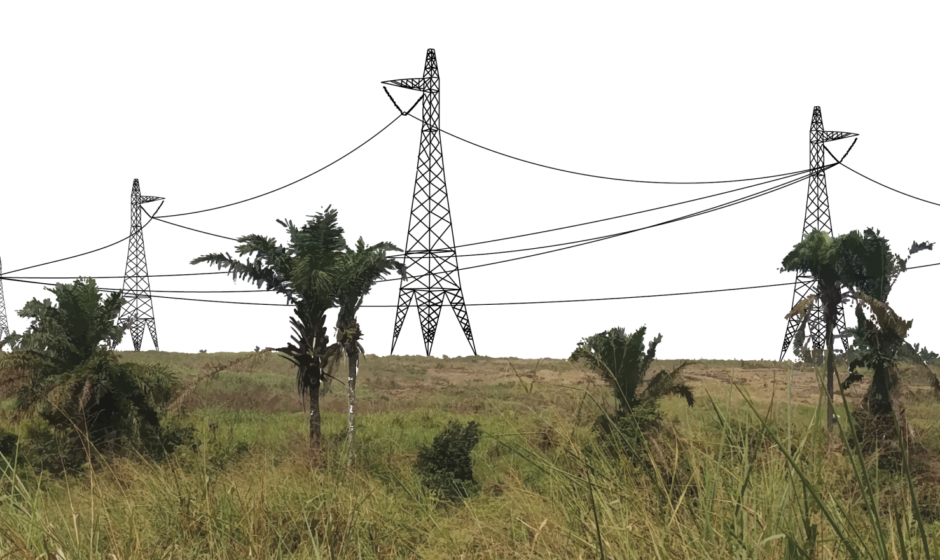
South Africa should reconsider its role in the ambitious Inga III hydropower project in Congo Kinshasa, a report has argued.
The scale of the project is extraordinary, with a projected cost of $14 billion and potential capacity of up to 11 GW of power, but progress has been slow. South Africa needs power, with domestic shortages causing load shedding, and has talked of securing as much as 2.5 GW from the Inga III project.
The report from the Congo Research Group and Phuzomoya Consulting described South Africa’s policy towards the Inga project as “contradictory”, given the desire to follow a pan-African ideology contrasting with the country’s actual needs.
For South Africa to buy power from the Inga III project would be “risky and may be more expensive” than other sources. Without South Africa as an anchor client, the hydropower plan appears marginal.
The Inga site could be the world’s largest hydropower site, with the Congo River dropping by 96 metres over 14 km, with an estimated total capacity of 40 GW.
Two dams have been built there, in the 1970s and 1980s, and a new consortium for the third phase was brought together in 2004. Various proposals were under consideration but the most recent iteration, put forward by Congolese President Felix Tshisekedi scales down the Inga III project to 4.8 GW, following scepticism from the African Development Bank (AfDB).
One of the construction members, Spain’s Actividades de Construccion y Servicios (ACS), was reported by Bloomberg in January as saying it would not continue participating in the Inga III plan.
While South Africa’s plans include supplies from the Congolese power plant, the cost seems to be high and play a part in increasing tariffs by around 5% by 2030. Heavily indebted Eskom has also raised concerns about Inga III and the cost of constructing a link from the site to its own networks, which may cost around $1bn. This may be an under estimate, with other estimates quoted in the report as putting this at closer to $4bn.
The original treaty expires in 2021 and construction of the plant is needed to begin by 2023 in order for power supplies to South Africa to begin in 2030. While the plan may have political support, the numbers and timing look like a challenge.
